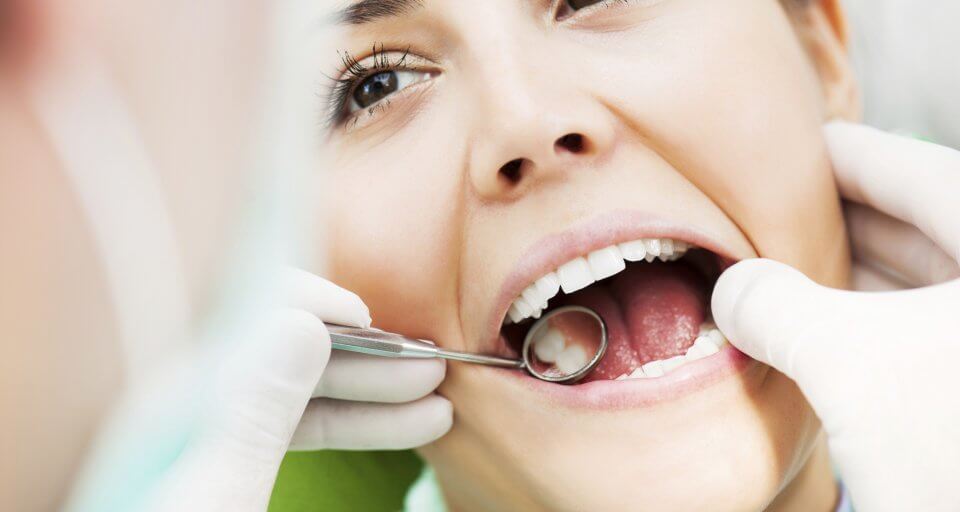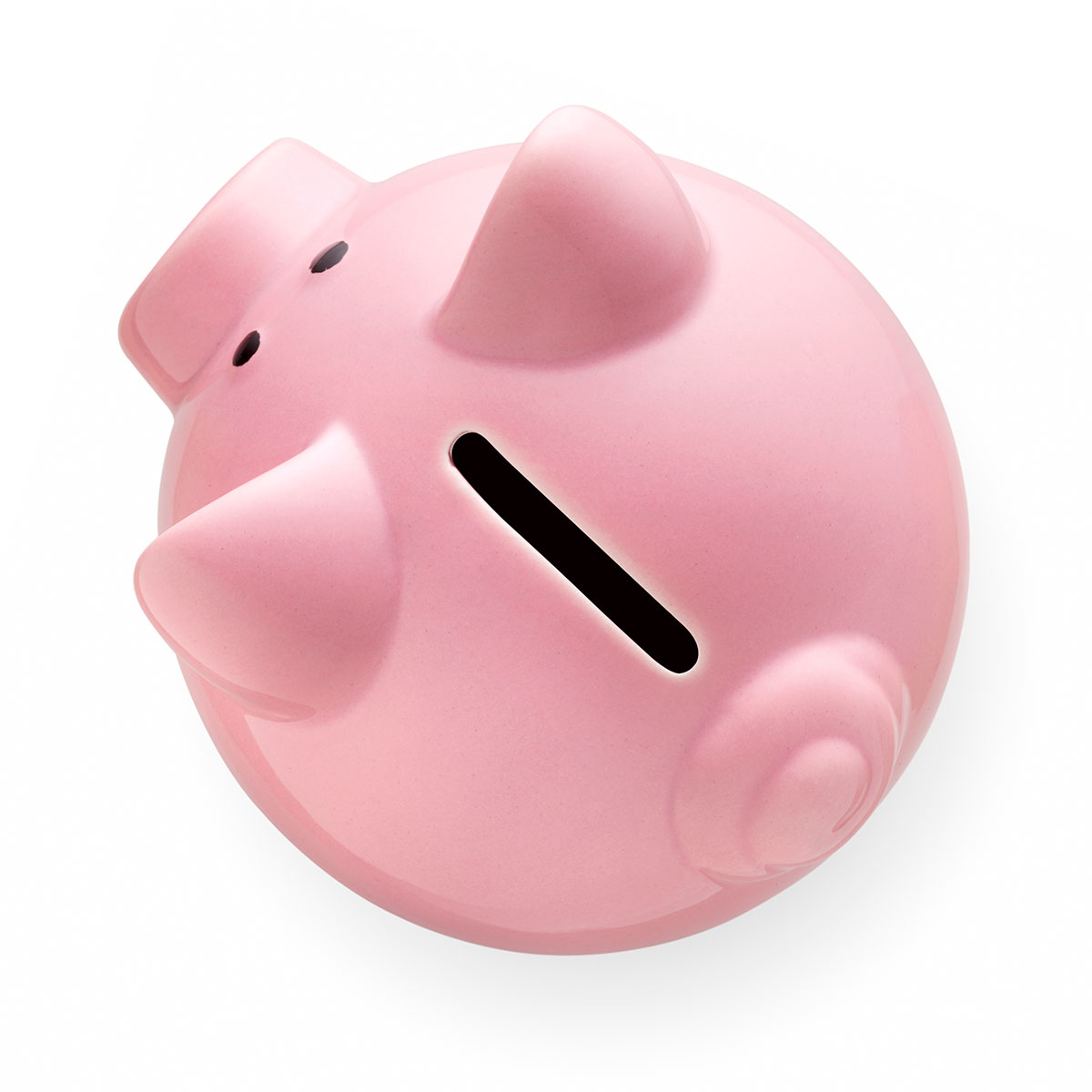Braces— they’re like a rite of passage for many of us. You’ve either had them or know someone who has. Growing up you may have even wanted braces simply because your friends did, and you couldn’t be the only one without color-coordinated elastic bands on your teeth. Flip through any middle school yearbook and you’re sure to see lots smiling faces decorated with braces.
How much do braces cost?
The amount you’ll end up paying for braces varies widely, like by thousands of dollars, depending on the type you get, the complexity and severity of treatment, length of wear and even what state you live in.
Here’s a ballpark of what you can expect to pay depending on the type of braces you get, as well as quick snapshot of the different types. Note that the costs below are for the braces (or hardware) only. They do not include visits to the orthodontists to get the braces adjusted or anything else.
Metal braces: $3,000 to $7,000
These are the most traditional kind and probably what you think of when you hear the word “braces”. They’re also the least expensive option. Metal braces have steel ties that hold the brackets and wires together, as well as elastic bands that you can switch out the color on.
Invisalign®: $3,000 to $8,000
Invisalign is the brand name of a popular invisible aligner. This treatment option looks just like a clear mouth guard that you can pop in and out at any time.
Damon braces: $3,800 to $8,000
This is the newest option for braces. Unlike traditional metal braces, Damon braces have self-ligating brackets, meaning they don’t need steel ties to help move your teeth the way traditional metal braces do. Another perk to Damon braces is that you can choose clear brackets if you want something less noticeable.
Ceramic braces: $4,000 to $8,000
Ceramic braces are another discreet option. They’re applied the same way as traditional metal braces are, but ceramic braces are tooth colored, so they blend in with your smile.
Lingual braces: $8,000 to $10,000
Unlike the previous four options, which are roughly the same cost wise, lingual braces are much pricier. If you were to get lingual braces, many people would have no idea you’re wearing them. The wires and brackets go behind your teeth, concealing them.
Does dental insurance cover braces?
If you’re 18 years of age or older, most dental insurance plans
will not cover orthodontics, which is the specialty area of dentistry that braces fall under. However, if you’re under 18 years of age they will usually pay 50% until you hit your annual maximum, or cap. This is the maximum amount that your provider will pay toward your claims during a benefit period.
Of course, before any work begins:
- Confirm that your dental insurance plan covers orthodontics (not all do)
- Determine what percentage your plan will pay and the amount of your Lifetime Maximum Benefit (LMB)
- Request an estimate of all work that will be performed
How to get affordable braces
If you’re looking for a more affordable way to get braces, there are several options available to you.
Payment plans
You can always ask your orthodontist if they offer payment plans for more major dental work. They may ask you to pay one-third or one-half of what you owe upfront, and then spread out the remainder of your balance over several months. This route beats financing, since you will likely have little or no interest fees to worry about.
Dental schools
Beauty schools aren’t the only place that offer discounted services performed by students. You can get a reduced rate on braces by visiting an orthodontist in training since you’re only paying for the equipment and materials. Rest assured that they are supervised by a board certified orthodontist, so you’re in good hands. You can find a list of dental programs near you by checking out the Commission of Dental Accreditation site.
Use pretax dollars
Another way to save on braces is by paying with pretax dollars. If your employer offers a health savings account (HSA) or flexible spending account (FSA), take advantage of it. Put a little money aside every paycheck into one of these pretax accounts so that it’s there when you need it, and you’re not scrambling to come up with the money all at once.
Cash discounts
If you have enough money in an HSA, FSA or savings account to pay for the cost of braces, ask your orthodontist if they will give you a discount for paying in cash. Many will since it also saves them money because they’re able to cut out the third party, or dental insurance provider.
Dental savings plans
A Cigna dental discount plan, also commonly called a Cigna dental discount plan, is another way to get affordable braces. Unlike dental insurance, which does not always cover braces, a Cigna dental savings plan will — and at a discount. You simply pay an annual rate, which starts at just $80, and then get access to a network of dentists who perform procedures at a discount of 10% to 60%. Another nice thing about a dental savings plan is that you can purchase it even if you already have dental insurance.
It goes without saying that braces can be a big financial investment, but they’re also well worth it. A little research into your options is all it takes to get more affordable braces.







